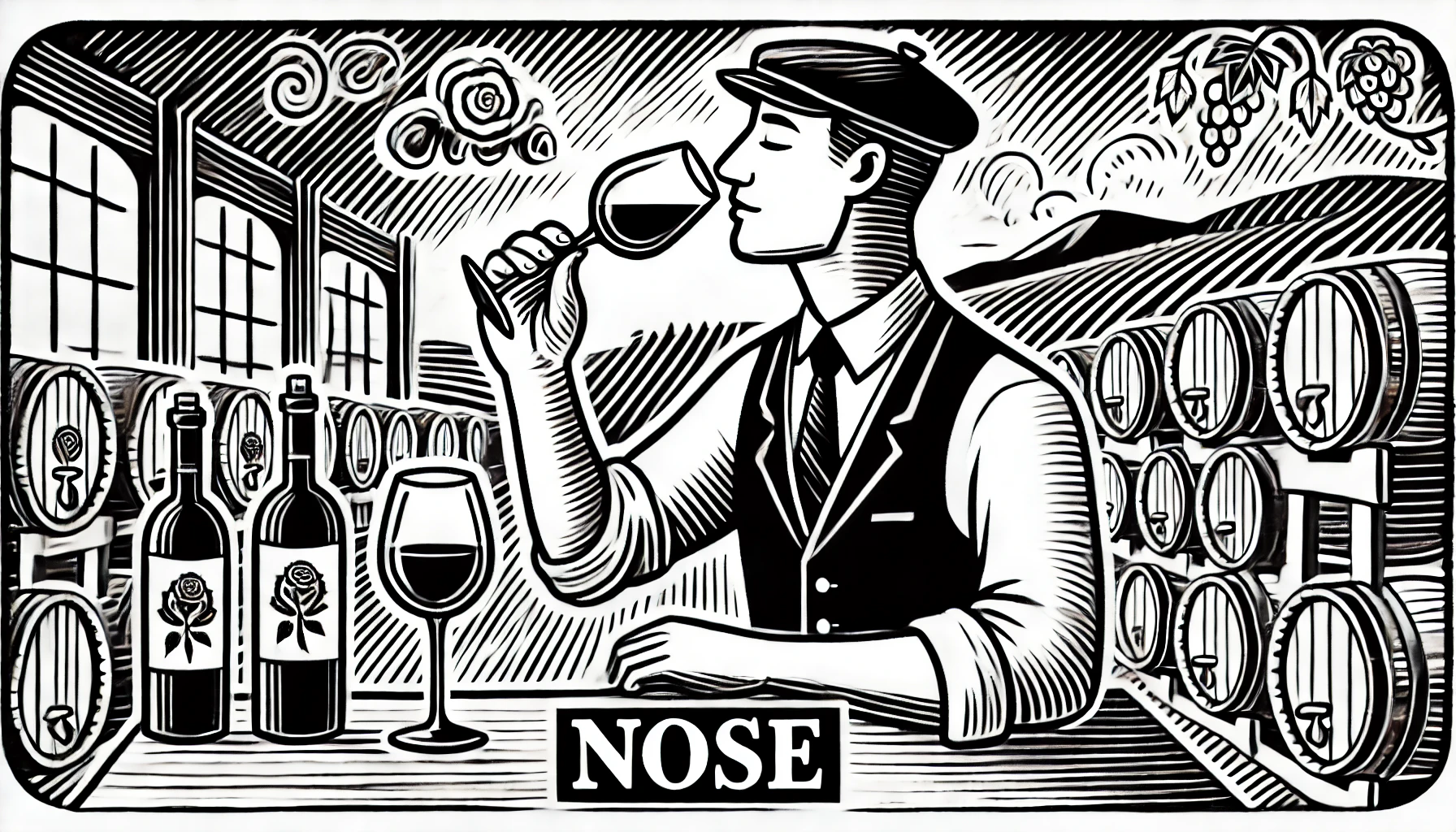
The term “nose” in wine refers to the overall aroma or bouquet that you experience when smelling a wine. A wine’s nose can provide valuable insights into its flavor profile and quality before you even take a sip. It is a combination of primary aromas (those from the grape itself), secondary aromas (derived from the winemaking process, such as fermentation), and tertiary aromas (developed through aging, whether in the bottle or barrel).
When evaluating a wine’s nose, sommeliers and wine enthusiasts will often swirl the glass to release the wine’s aromatic compounds. They then take short, concentrated sniffs to pick up on the different scent layers. Common aromas include fruit, floral, herbal, earthy, and even spicy or smoky notes, depending on the type of wine. For instance, a young Cabernet Sauvignon might have a nose full of blackberries and green bell pepper, while an aged Nebbiolo might have a nose rich with leather, roses, and tar.
The nose plays a crucial role in wine tasting and evaluation because it can reveal a wine’s complexity, flaws, and potential for aging. A well-developed nose can indicate a high-quality wine, while off-putting or dull aromas might suggest a wine has issues like oxidation or cork taint. Overall, it is one of the most engaging aspects of wine, enhancing the experience of tasting and enjoying it.
Curious about more wine terms and insights? Visit our Wine Wiki section and explore the basic wine terms for expert definitions and tips!